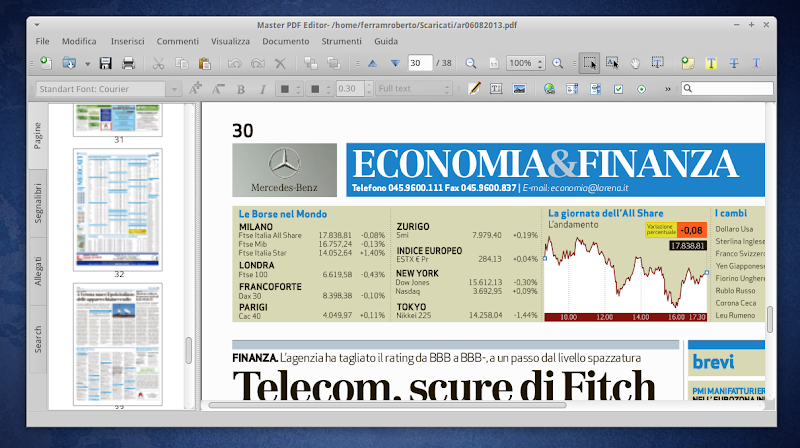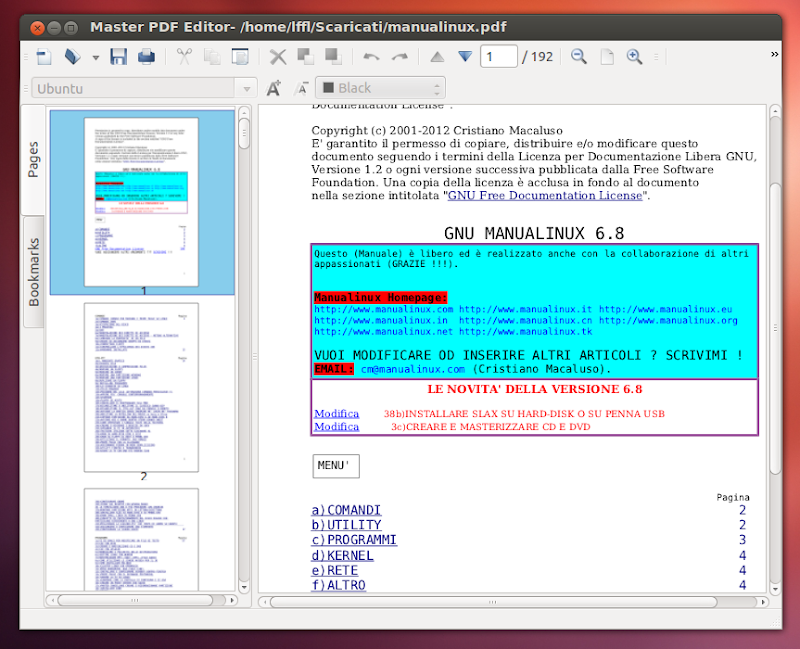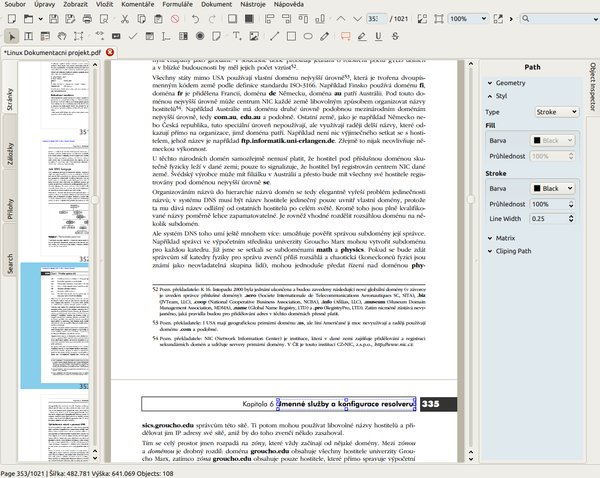

Okular also offers a wide range of annotation options as part of its review feature, which includes adding pop-up notes, inline notes, freehand line drawings, highlighting, stamps, and more. 2: Okularĭeveloped by KDE, Okular includes basic PDF editing features and is cross-platform, it is highly regarded as one of the best Linux PDF editors in 2023 due to its user-friendly interface, fast performance, and support for various file formats. Whether you are working on a solo project or collaborating with a team, LibreOffice’s ability to share and edit files with others makes it a great option for teamwork and productivity. In addition to PDFs, this versatile application also allows you to edit spreadsheets, slideshows, databases, diagrams, and drawings, making it an ideal choice for a wide range of uses. LibreOffice offers both basic text editing capabilities and advanced modification options to accommodate your needs. This PDF editor provides a robust set of tools that allows you to edit PDF documents with ease. Whether you need to modify an existing PDF, create a new one, collaborate with others, or add annotations, there’s sure to be a Linux PDF editor on our list that can meet your needs. 12 Best Linux PDF Editors You Can Use in 2023 Below is a concise overview of the 12 best Linux pdf editors you can use in 2023. However, with the growing number of open-source and proprietary options available, it has never been easier to find one that meets your needs. But there are certain limitations (e.g., daily cap on how many edits/saves you can make).PDF is a widely-used format for storing and sharing digital documents, and having a reliable PDF editor is crucial for those who work with these types of files on a regular basis.įor those who use Linux as their primary operating system, finding a quality Linux PDF editor can be a challenge.
#Master pdf editor linux mint free
Unlike most other ‘free’ editors, Sejda’s free version does all of this without adding any watermarks to the end product. What sets it apart is that you can also edit online.

It does most of the things other editors like Master PDF Editor do (text editing, image insertion, merging/splitting, formatting, page editing, signatures, compression, and so on). For instance, you can only import and edit one page at a time. Comparatively, its feature set for editing PDFs is still limited though. It supports many of the same features as LibreOffice Draw (image insertion, text editing, signatures, etc.), making it a viable alternative. Inkscape is a vector graphics editor like LibreOffice Draw. It’s excellent if you just need to merge or split PDFs, or just edit the pages in general (rotate, crop, rearrange, etc.). Like Xournal, PDFArranger is another small tool with a niche use case. It adds such content as an additional layer, meaning the original PDF data (vector objects and so on) aren’t modified in any way. While Xournal is technically a note-taking software, it’s also popular among users that specifically need to add texts, images, and annotations only to PDFs. For advanced editing, there’s a premium version with extra features. The free versions (v4 or older for watermark-free outputs) cover the requirements of most users.

We’ll cover LibreOffice Draw first as it’s preinstalled in Ubuntu, easy to use for basic editing, and just convenient overall.

Or, if you want something similar to Acrobat Pro, Master PDF Editor is a well-rounded option with a ton of features. For further editing, you’ll need a different program.įor instance, if you have a straightforward requirement like inserting your e-signature, you could try Xournal. You can use it to add annotations, but that’s about it. Ubuntu ships with Evince (GNOME Document Viewer) which is mainly used for reading PDFs. There’s no single standard tool that supports all types of editing. If you’re used to a program like Acrobat Pro, you may have some difficulty adapting to PDF editing on Linux.


 0 kommentar(er)
0 kommentar(er)
